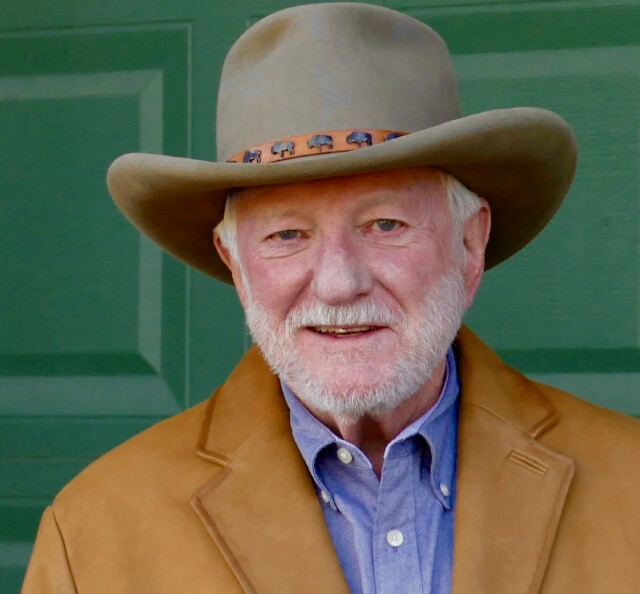Network Neutrality: It’s Baaaaaaaaak!

We’ve been writing about network neutrality for quite awhile … but when the Federal Confusion Commission (FCC) decided to drop Title II in favor of a far more lenient Title I and then further shoved the whole show off to the Federal Trade Commission (FTC), I expected the noise to quiet. Didn’t happen.
A real screw-up by Verizon during the recent Santa Clara, California fire lit up the blogosphere with blame going to Title I. Verizon, sticking to the letter of a cellular service contract with firefighters, throttled the service during a real firefight when data usage surged past the designated number of bits. That caused some real problems for the folks on the front lines of the deadly blaze.
Bad move. Someone should’ve known better. Big PR hit. So, Verizon (smartly but belatedly) decided that first responders shouldn’t face that situation ever again. Good move.
But social media users began citing the shift from Title II to Title I as the culprit in the fire line fiasco. Never mind that Title II did not apply to cellular access to the internet. Title II only regulated cable and copycat internet service providers (ISPs). But politicians quickly pointed fingers at the FCC’s decision as the bad seed in all this. Wrong!
Most cellular data deals include throttling when the bits get too many. Many cellular data plans also include a deal that ISPs couldn’t do under Title II but can do under Title I: Include linear or SVOD programming in the same deal for free … like Netflix free from T-Mobile. Believe me, the companies formerly called cable and its copycats (that’s AT&T and Verizon for your wire and/or fiber-based deployments) are thinking about how to do the same without facing a public relations blowback.
What could they do? Well, don’t forget T-Mobile (sound thinking at this cellular company) and its relatively new subsidiary Layer 3 TV. It used a work-around Title II by distributing its linear signals over regular paid internet distributors such as Level 3 to cable and/or ISP connections closer to the last mile. That, they claimed, delivered better signals. It also was a neat dodge to Title II regulations.
What will they do now? The probable first step is to mimic the cellular play: offer something for free, like maybe a package of OTT signals as a lure for customers. Or, maybe cut a deal with an OTT package provider to enhance its signal delivery. Or, maybe try so-called “zero-rating” by not counting certain OTT packages as part of data usage deals.
Oh, and 5G is on the way. Will it really be a wireless competitor to wired (or fibered) ISPs? If so, that could change everything. Also, Titles I and II are in court proceedings. And California is determined to return Title II+ as it became the fourth state to attempt to re-regulate the internet along Title II regulations.
Meanwhile, a robo-call campaign backed by anti-neutrality groups and aimed at seniors threatens a $30/month phone bill increase if California really does re-regulate the internet. One of the groups behind these threats is backed by both AT&T and Verizon.
What might make sense? Well, FCC Chairman Ajit Pait told a Utah group that Congress should act. A group of Democratic Representatives and Senators think so, too. I agree. But, I’ll follow that with a resounding “fat chance!” Certainly for this year and who knows what after that.
Click the social buttons above or below to share this content with your friends and colleagues.
The opinions and points of view expressed in this content are exclusively the views of the author and/or subject(s) and do not necessarily represent the views of MediaVillage.com/MyersBizNet, Inc. management or associated writers.


